The Instituto Butantan is located in a large outdoor park near the campus of the University of Sao Paulo, attracting more than 300,000 people annually, and is one of the main sights of the city of São Paulo.
Affiliated with the Ministry of Health of São Paulo, is one of the largest biomedical research centers in the world, accounting for more than 93% of serums and vaccines produced in Brazil, among them diphtheria, tetanus, pertussis, hepatitis B, seasonal influenza, H1N1 and most recently COVID-19.
The institute is world-renowned for its collection of venomous snakes, including its 407 varieties of pit viper, rattlesnake, elapids (cobras), mamba, and colubrid species as well as lizards (including venomous species such as the Gila monster), spiders, scorpions and amphibians such as poison dart frogs. Producing vaccines and sera for prophylactic and curative. Conducts scientific missions at home and abroad through the World Organization and Pan American Health Organization, Unicef, and the UN. Cooperates in fighting epidemic outbreaks with agencies of the Department of Health and Ministry of Health, National Institute of Health, U.S., Bill & Melinda Foundation, Bill Gates’ foundation dedicated to research and community action in health.
In addition to the serpentarium, which consists of terrariums and spacious outdoor concrete snake-filled enclosures, there is also a historical museum with information about the museum’s founder Dr. Vital Brasil, a biological museum, and a museum of microbiology.
Know Before You Go
Close to Butantã metro station (on the yellow line).
The deadly Jararaca pit vipers kept in the first of the three outdoor snake enclosures can be hard to see for much of the day. If you are keen to see them in all their sinister serpentine beauty check out the enclosure just before sunset when they begin to become much more lively. You won't be disappointed.
Be sure to see the famous golden lanceheads in the snake house as well as their less famous relative the Alcatraz viper (the institute is the only place in the world where this species can be seen outside of its natural habitat-the Alcatrazes Islands).
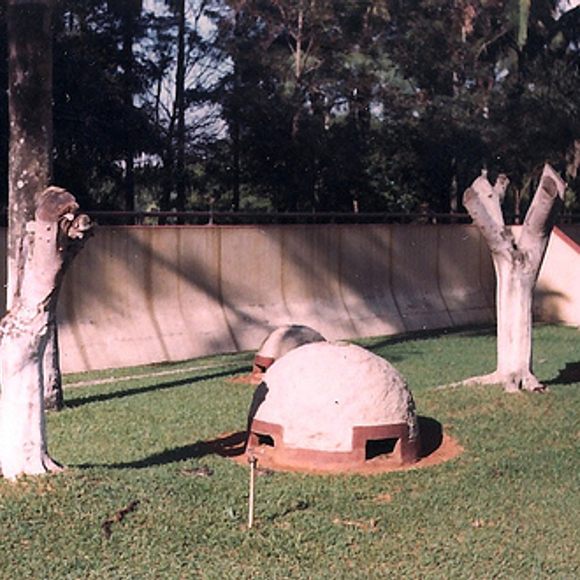

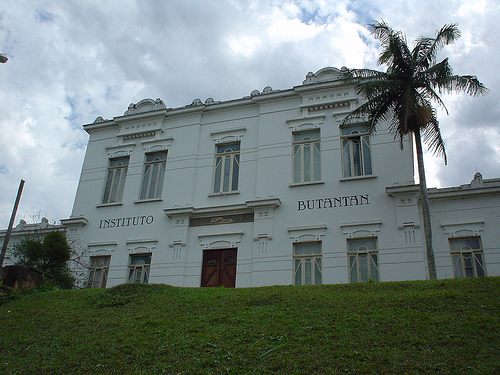









































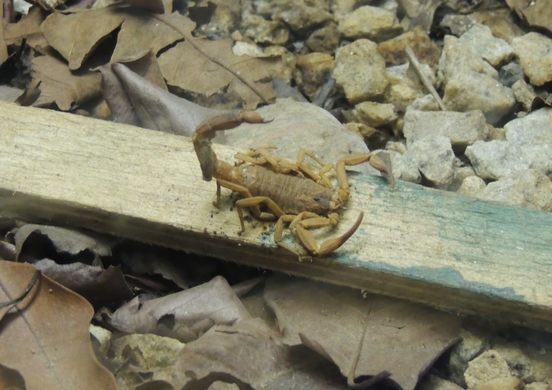

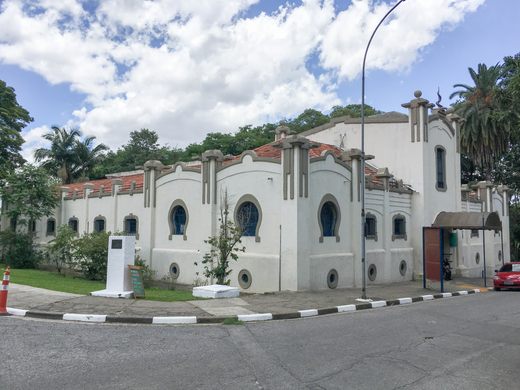
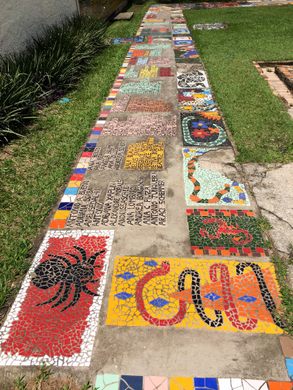

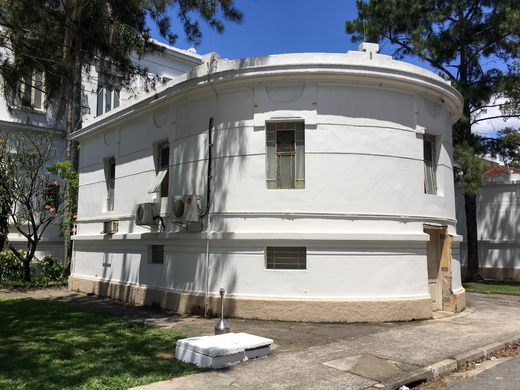


















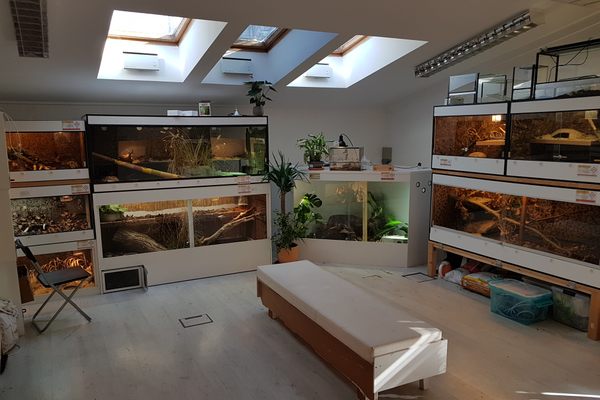


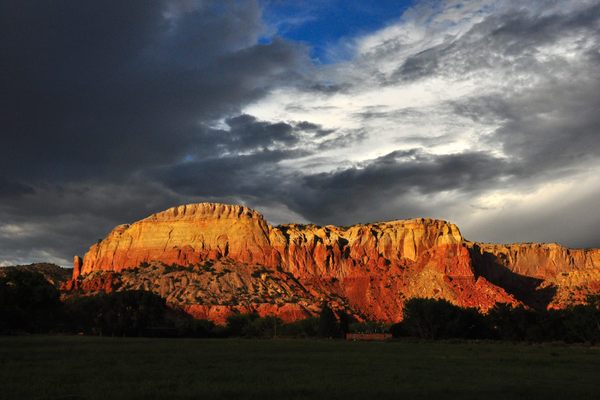

Follow us on Twitter to get the latest on the world's hidden wonders.
Like us on Facebook to get the latest on the world's hidden wonders.
Follow us on Twitter Like us on Facebook